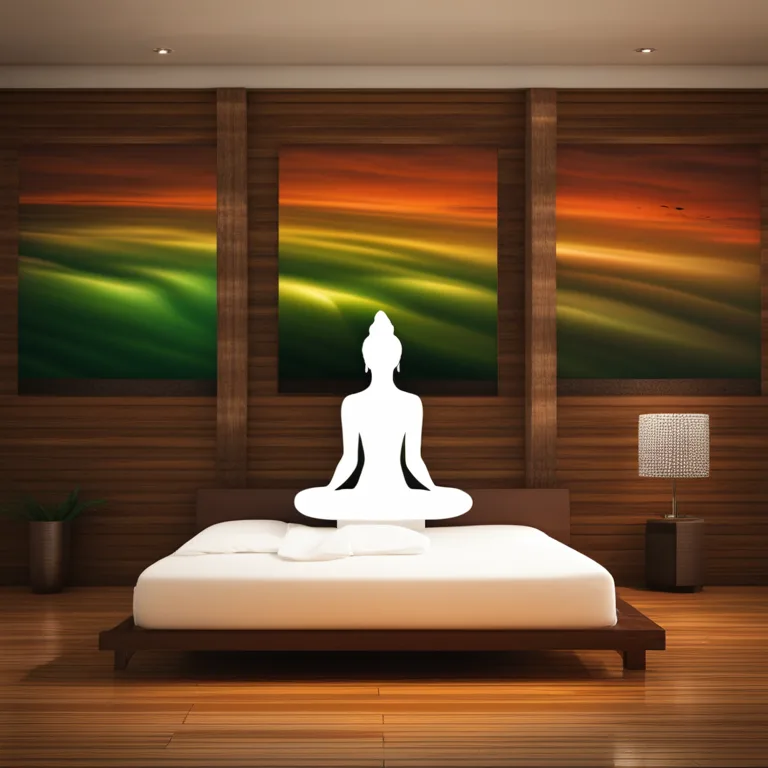
Meditative Sleep Alternatives
Explore meditative practices that can augment or replace traditional sleep for rejuvenation and restoration.
article by Hina Kurosawa
In our quest for optimal health and spiritual balance, the exploration of sleep-alternative meditation techniques is gaining ground. Traditional sleep, while fundamental, can sometimes elude us due to stress, environment, or health issues. It's in this niche that certain meditative practices can fill the gap, offering deep rest and revitalization in less time than conventional sleep might require. These techniques, though not a complete substitute for sleep, can be used to enhance the quality of our rest or as a temporary stand-in for shorter durations of sleep.

Meditation and sleep serve different purposes but have overlapping benefits. Notably, meditation cannot entirely replace the restorative physical processes of sleep, yet it can mimic some of sleep's restorative aspects. Through meditation, one can lower stress levels, improve concentration, and potentially reduce the amount of sleep one needs. Various meditation practices offer distinct pathways to relaxation and rejuvenation, approaching the tranquil state that sleep provides.

Yoga Nidra, often referred to as "yogic sleep," is a powerful meditation technique that induces a state of conscious deep sleep. Practitioners report that one hour of Yoga Nidra can be as restful as four hours of conventional sleep. The practice involves lying down and following a guided meditation, which takes you through the pancha maya (five layers of self), leading to a state of deep relaxation while maintaining full consciousness.

Transcendental Meditation (TM) is another practice that promises significant rest in less time. It involves the silent repetition of a mantra to settle the mind into a state of profound rest. During TM, the body can enter a state of relaxation as deep as, or deeper than, what's experienced during sleep, which can serve as a supplementary power rest, particularly effective when time constraints limit proper sleep.

Breath-focused meditation is another avenue to achieve deep rest. Simply by focusing on the natural ebb and flow of the breath, one can slow down the nervous system and initiate a relaxation response. Mindful breathing, especially when done at bedtime or when sleep is unattainable, can calm the mind, ease the body, and lead to a rest-like state that rejuvenates both mentally and physically.
Visualization is a technique where one imagines calming scenes or experiences. It has the potential to take the place of naps or short sleep periods, as it can lead to a profound state of peace and stillness. This mind-over-matter method is often used by athletes and high performers who need to 'switch off' quickly but effectively. When crafted towards rest, visualization can lead to mental ease and physical tranquility.
In 2024 and beyond, understanding your astrological chart can influence the way you approach rest and meditation. For example, fiery Aries might benefit from the high-energy release of dynamic meditation, whereas a Pisces might find solace in the gentle flow of a guided visualization. Aligning your meditation practice with your astrological predispositions can optimize the restorative benefits you receive, whether substituting or supplementing traditional sleep.
Published: 12/20/2023
Modified: 12/20/2023
More predictions
Come back here soon to learn more about yourself and your future


Counting Meditation Techniques
An informative guide on the diverse range of meditation practices available in the modern era.


Meditation Methods to Reduce Blood Pressure
Discover effective meditation techniques that can aid in managing and reducing high blood pressure for better overall health.


Learning Meditation Techniques
Learn key meditation practices for inner peace and clarity in our comprehensive guide.